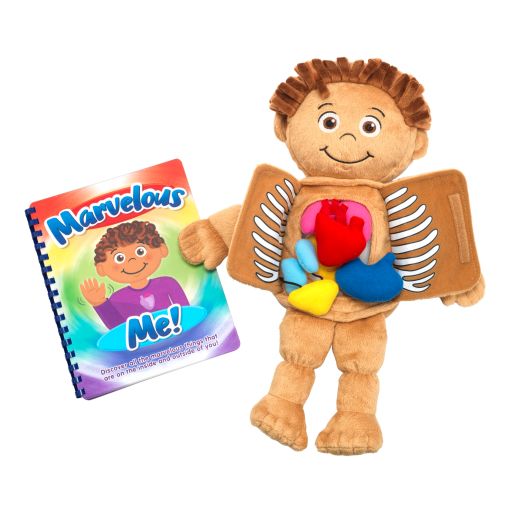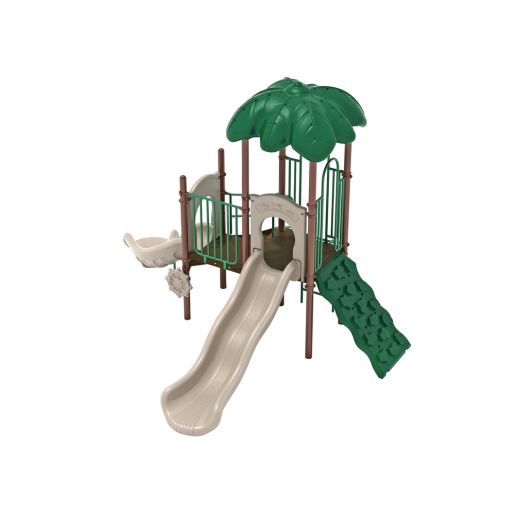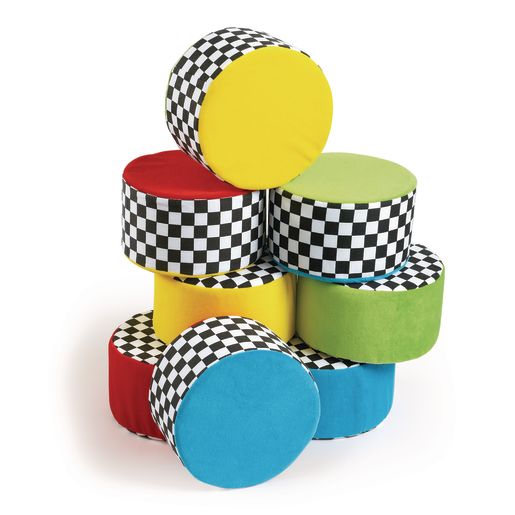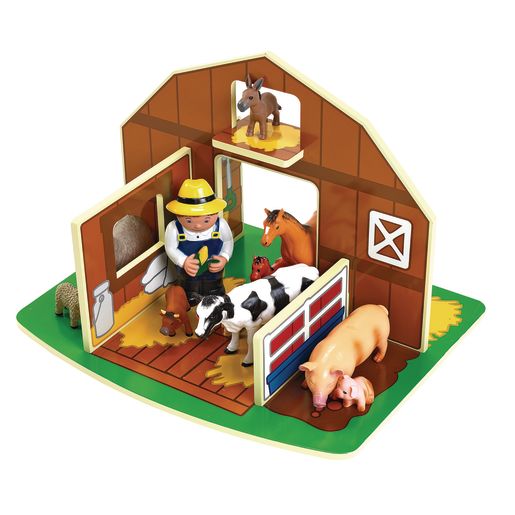Description
This comprehensive anatomy learning kit brings the human body to life through hands-on exploration and discovery. The centerpiece is an 18-inch educational doll with a removable torso section that opens to reveal eight major organs: heart, stomach, small and large intestines, lungs, liver, kidneys, and bladder. Each organ can be taken out and examined individually, then placed back into its proper position. The doll also features a special flap at the back of the head for brain exploration.
The kit includes a detailed 42-page educational book (7″ x 9″) filled with age-appropriate facts and colorful graphics that explain body systems and organ functions. Eight transparent acetate overlays (6″ x 8″) complement the learning experience perfectly. These sheets can be layered on top of each other to show how organs relate spatially within the body, and they work beautifully on light tables for enhanced visibility and engagement.
Designed for children ages three and up, this educational tool covers essential concepts about organs, body parts, and the skeletal system. The multi-sensory approach combines reading, visual learning, and tactile exploration to help children understand how body systems work together. Safety testing ensures peace of mind for parents while children explore and learn independently.
How Homeschoolers Can Use This Product
Science Curriculum Integration
This kit serves as an excellent foundation for elementary and middle school anatomy studies. Use it to introduce body systems before diving deeper into textbook lessons, or as a hands-on review tool after reading assignments. The doll and organs make abstract concepts tangible, helping children who learn best through manipulation and exploration.
Cross-Curricular Learning Opportunities
Extend learning beyond science by incorporating language arts through the included book and vocabulary building with organ names and functions. Art projects can include drawing or labeling body systems, while math connections emerge through measuring organs, counting body parts, or creating graphs about healthy habits.
Age-Appropriate Adaptations
Younger children (ages 3-6) can focus on basic organ identification and placement, while older students (ages 7-12) can delve into more complex functions and interactions between systems. The acetate overlays particularly appeal to older children who can understand layered anatomical relationships.
Hands-On Learning Activities
Create engaging lessons by having children feel for their own heartbeat after examining the heart model, or discuss healthy eating choices while exploring the digestive organs. The removable parts encourage repeated practice with organ placement, reinforcing memory through physical movement.
Light Table Exploration
If you have a light table, the acetate sheets become even more valuable for detailed exploration. Children can stack different combinations to see how organs overlay, trace outlines, or use them as templates for their own anatomical drawings.
Unit Study Enhancement
This kit works beautifully as the centerpiece for a comprehensive human body unit study. Combine it with library books, videos, and simple experiments about heartbeat, breathing, or digestion to create a rich, multi-week learning experience that appeals to different learning styles.
Independent Discovery Time
The durable construction allows children to explore independently during quiet time or free play, naturally reinforcing lessons learned during formal instruction. Many children return to this type of hands-on learning tool repeatedly, discovering new details each time.





Reviews
There are no reviews yet.